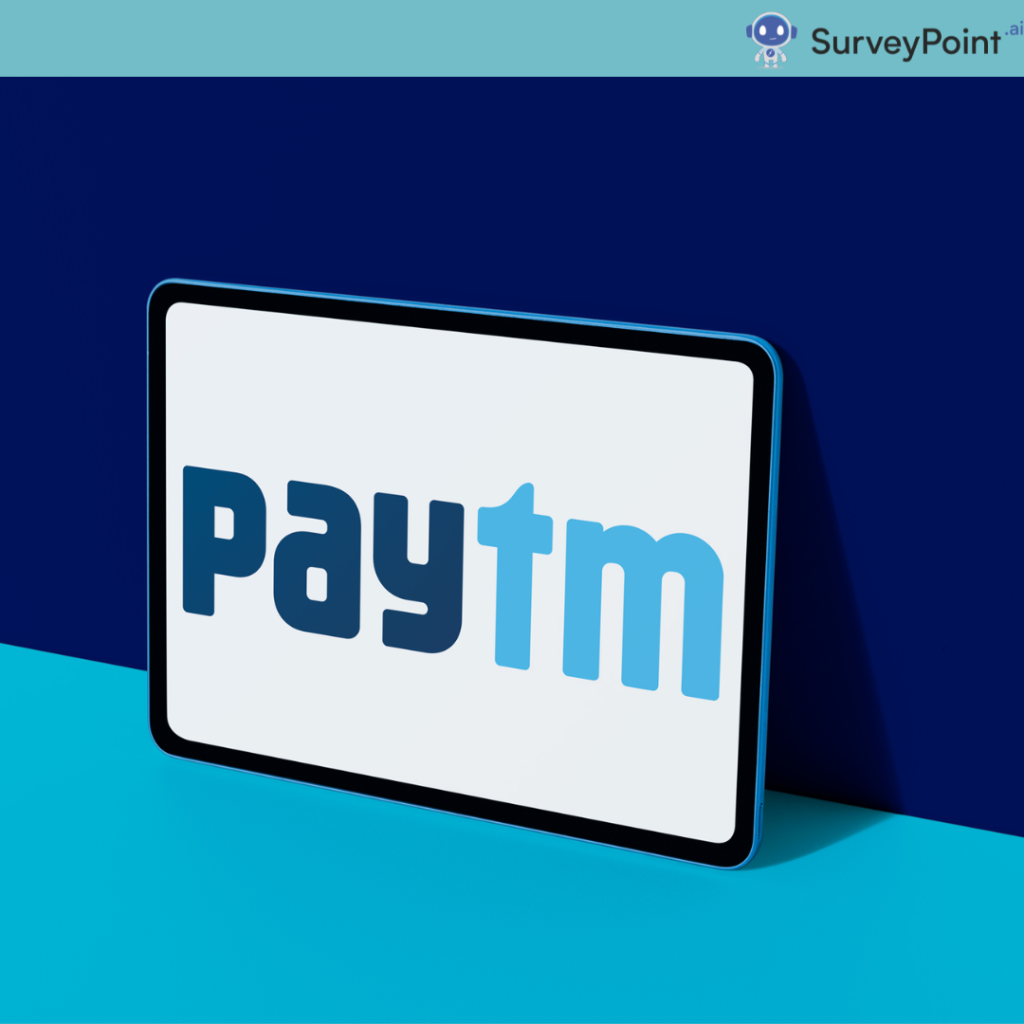
Over the past decade, Paytm has become a household name in India’s fintech space, offering a digital wallet, UPI payments, mobile recharge, and bill payment services. But like every fast-growing tech company, Paytm faced challenges. Market competition, regulatory shifts, and rapid growth tested its resilience. Today, however, Paytm is on the path to revival, with a new strategy focused on diversification, customer engagement, and profitability. Here’s how Paytm is navigating its comeback journey and reclaiming its position as a fintech powerhouse.
1. Reinventing Revenue Models: Beyond Payments
Paytm initially found success as a digital payments platform but has since moved beyond its core wallet services. The company has expanded its revenue streams with a focus on financial services that include lending, insurance, and wealth management.
- Digital Lending: Paytm has tapped into digital lending by offering personal loans, business loans, and “Buy Now, Pay Later” (BNPL) options. This step gives small businesses and consumers easy access to funds, increasing Paytm’s presence in the credit market.
- Wealth and Investments: Paytm Money, the company’s investment platform, allows users to invest in mutual funds, stocks, and IPOs with low fees, targeting India’s rising middle class. This diversification into financial management services has expanded Paytm’s reach beyond transactions.
- Insurance: With Paytm Insurance, the company offers a range of insurance products, from health and auto to life insurance. This expansion aims to build a complete ecosystem where Paytm becomes the go-to app for various financial needs.
These new services allow Paytm to reach a broader customer base and generate consistent revenue beyond just transaction fees.
2. Leveraging Technology and Data Analytics
Technology has always been Paytm’s backbone, and the company is using data analytics and AI to deepen customer engagement and personalize services.
- Personalized Recommendations: Paytm uses data to make personalized offers, recommending products and services based on user activity. This approach not only drives engagement but also builds customer loyalty.
- AI for Risk Assessment: By leveraging AI and machine learning, Paytm can better assess the creditworthiness of potential borrowers, minimizing defaults in its lending business.
- Fraud Detection and Security: Paytm has invested in cybersecurity, using AI to prevent fraud and ensure that user data remains protected. This proactive approach fosters customer trust in its financial services.
Paytm’s technological advancements make it competitive against other players, allowing it to provide a secure and tailored experience for users.
3. Expanding its Merchant Ecosystem
With millions of small merchants and retailers on board, Paytm is strengthening its position as a B2B player. The company has introduced features that help merchants manage their businesses more effectively, thereby creating a loyal user base.
- Paytm for Business: Through the Paytm for Business app, merchants can accept multiple types of payments, manage transactions, and access insights. This app is particularly beneficial for small business owners looking to grow and streamline operations.
- QR Code Payments: By popularizing QR code payments across India, Paytm has made it simple for small retailers and even street vendors to accept digital payments without the need for a POS machine.
- Working Capital Loans for Merchants: Paytm provides short-term loans to its merchant partners, helping them manage cash flow and finance their operations. By supporting merchants, Paytm strengthens its network and reinforces its position in the Indian retail landscape.
These offerings have made Paytm an essential partner for India’s small businesses, reinforcing its brand and expanding its user base.
4. Betting Big on Financial Inclusion
With its focus on India’s underbanked and unbanked population, Paytm is contributing to financial inclusion by introducing digital financial services to rural and semi-urban areas. This includes:
- Rural Outreach Programs: Paytm has rolled out awareness programs and simplified products to cater to rural users, promoting digital literacy and making financial services accessible.
- Banking Services: Paytm Payments Bank offers zero-balance savings accounts, debit cards, and simplified banking services. By catering to underserved areas, the bank fills a crucial gap, helping the financially excluded enter the digital economy.
- Education and Awareness: Through partnerships with local governments and NGOs, Paytm conducts workshops and campaigns to teach people about digital banking and secure online transactions.
By focusing on inclusion, Paytm is establishing itself as more than just a payments company; it’s positioning itself as a catalyst for India’s digital transformation.
5. Strengthening User Engagement with Paytm Super App
Paytm has bundled its wide range of services into a “Super App” that makes it a one-stop solution for everything from payments and banking to booking tickets and shopping.
- Enhanced Customer Experience: With the Super App, users can access various services without switching between apps, making it easier to navigate and improving the user experience.
- Rewards and Cashbacks: Paytm has revived its cashback strategy, rewarding users for engaging with different services on the app. This keeps users coming back and strengthens their loyalty.
- Cross-Platform Integration: The app integrates with platforms like Paytm Mall and Paytm First Games, giving users easy access to shopping, gaming, and other features, enhancing user engagement.
The Super App strategy not only improves convenience but also increases users’ time on the platform, which is essential for boosting revenue and long-term loyalty.
6. Improving Profitability and Financial Health
After years of prioritizing growth over profits, Paytm has shifted focus to profitability, making it a more financially sustainable business.
- Efficient Cost Management: Paytm has cut down on marketing and operational expenses by refining its business model, focusing on channels that yield higher returns.
- Increased Revenue from Value-Added Services: Services like Paytm Money, Paytm Insurance, and lending solutions bring in higher revenue per customer, contributing to a better financial outlook.
- IPO Success and Increased Investor Confidence: Paytm’s IPO brought in fresh capital, boosting investor confidence and providing the resources to continue expanding strategically.
These efforts to improve financial performance are crucial for Paytm’s long-term survival and growth, making it attractive to investors and customers alike.
Conclusion: A Bright Future for Paytm
Paytm’s journey from a digital wallet company to a financial services powerhouse has been marked by adaptation and resilience. The company’s revival strategy—diversification into financial services, a focus on rural inclusion, and the push for profitability—signals a promising future. As India’s fintech landscape grows, Paytm is well-positioned to benefit from digital adoption, banking inclusivity, and the rise of mobile-first solutions.
For customers, Paytm’s transformation means more services and seamless experiences. For businesses, it represents a critical partner in the digital economy. And for India, Paytm’s revival reinforces its role as a catalyst for a cashless, financially inclusive society. As Paytm continues its journey, the company stands as an example of how strategic innovation and commitment to user needs can drive a tech company’s comeback. For more information check out – surveypoint.ai




